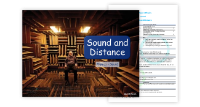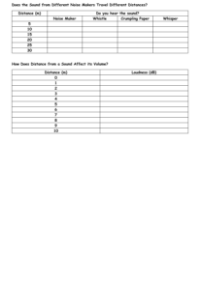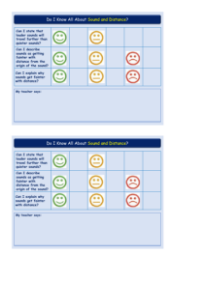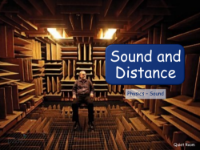Sound and Distance - Lesson Plan
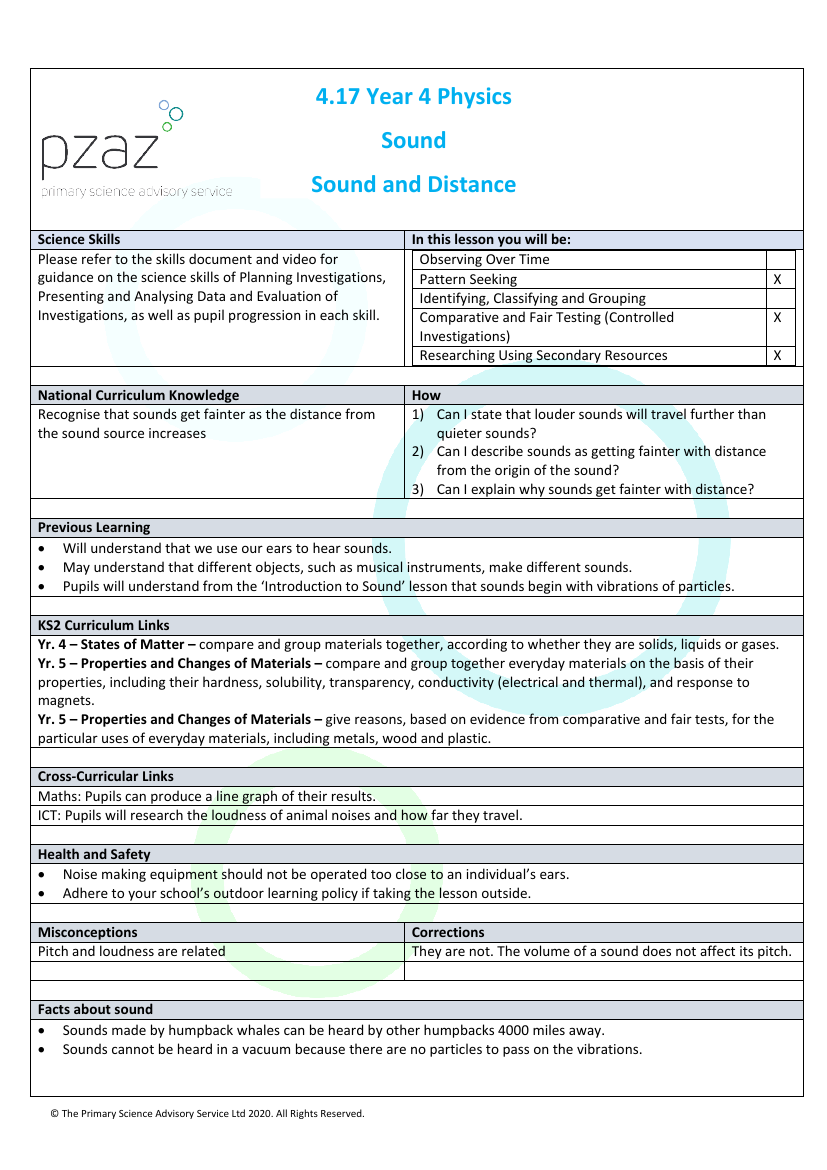
Science Resource Description
In this engaging science lesson, pupils will delve into the world of acoustics, exploring how sound travels and why its volume changes with distance. The lesson aligns with the National Curriculum, focusing on the concept that sounds become fainter as they move away from their source. Students will be challenged to state, describe, and explain this phenomenon through various activities. They will build on previous knowledge that sounds are perceived through our ears and are initially produced by the vibrations of particles. The lesson is designed for Key Stage 2, with specific links to Year 4 and Year 5 topics such as states of matter and properties of materials. Pupils will also have the opportunity to integrate maths skills by graphing results and ICT skills through researching animal sounds.
Practical activities form the core of the lesson, where students will create their own noise makers using simple materials like plastic bottles and pebbles, and then measure how far different sounds can travel using a sound meter. This hands-on experience is coupled with discussions and questions to deepen understanding of sound energy and its dissipation. Pupils will also research various animals known for their long-distance calls, such as humpback whales and lions, and present their findings. Throughout the lesson, misconceptions about sound, such as the confusion between pitch and loudness, are addressed, ensuring a thorough and accurate understanding of the topic. Health and safety considerations are noted, particularly regarding the proximity of noise-making equipment to the ears. By the end of the lesson, pupils will be able to articulate the relationship between sound loudness and distance, and understand why sounds do not travel indefinitely.

